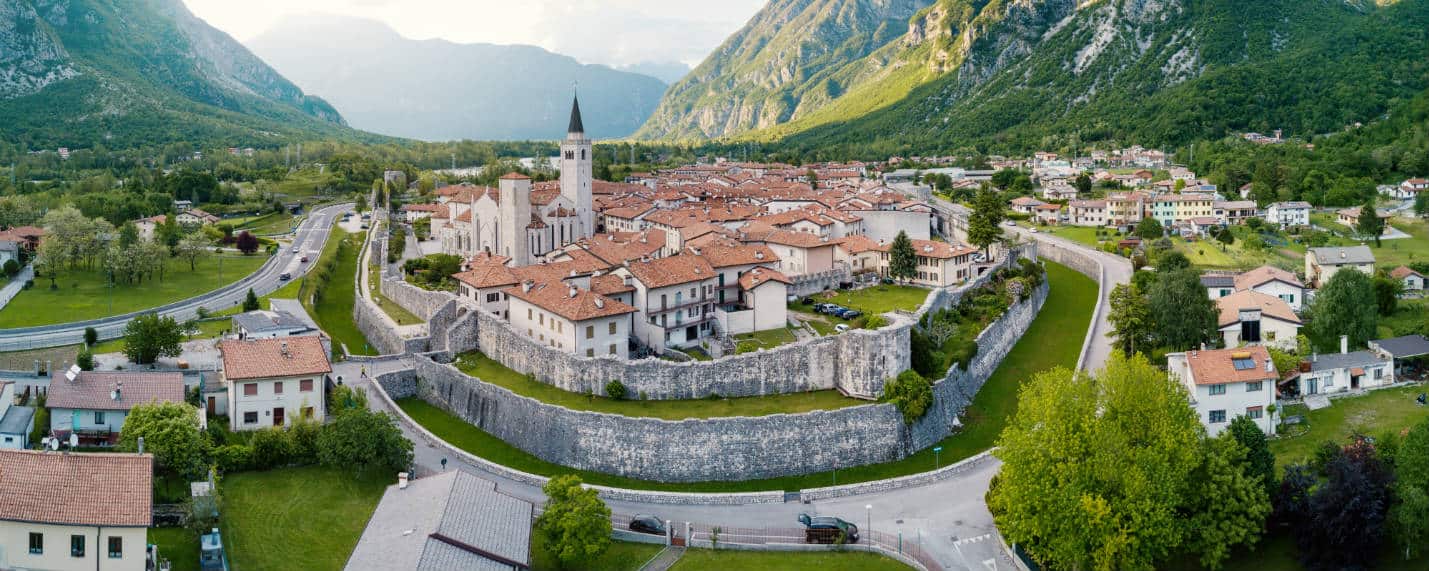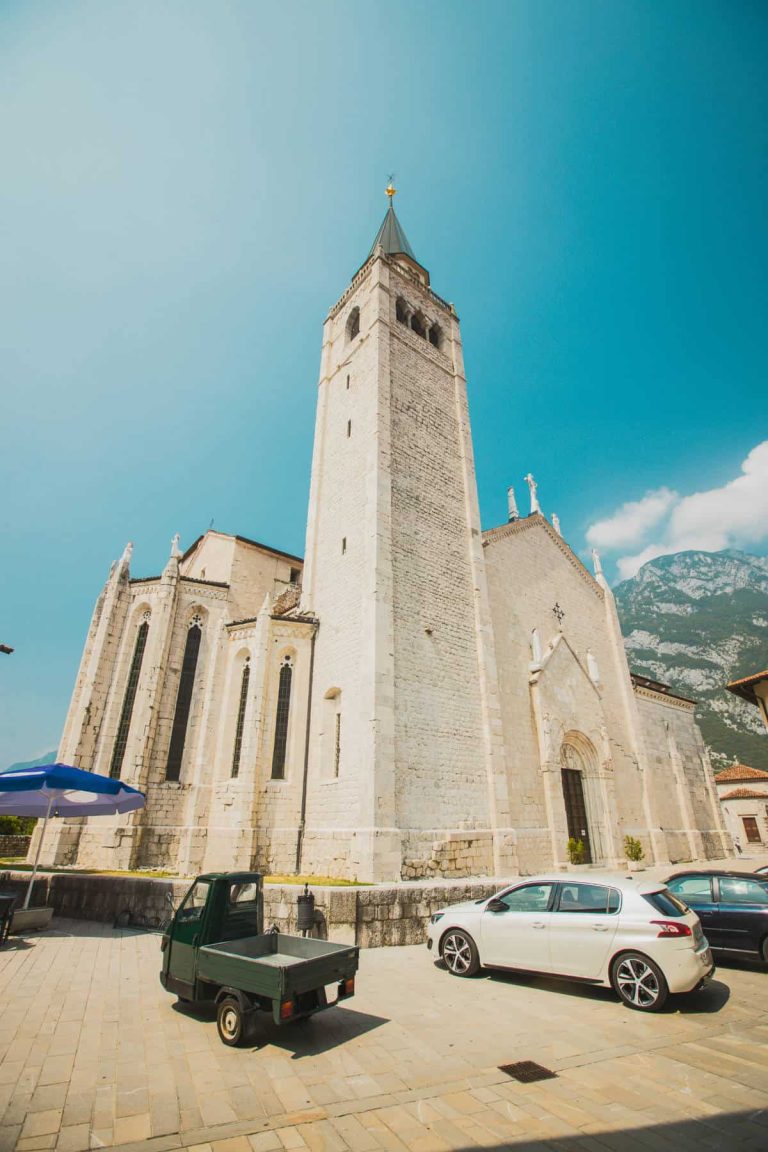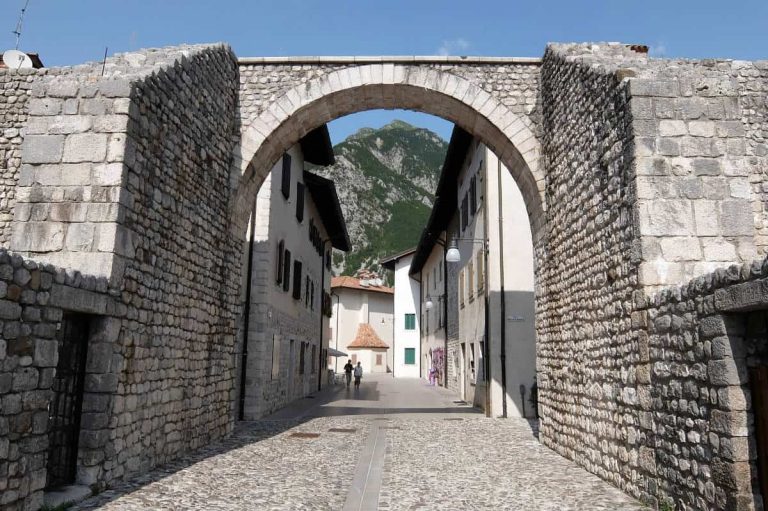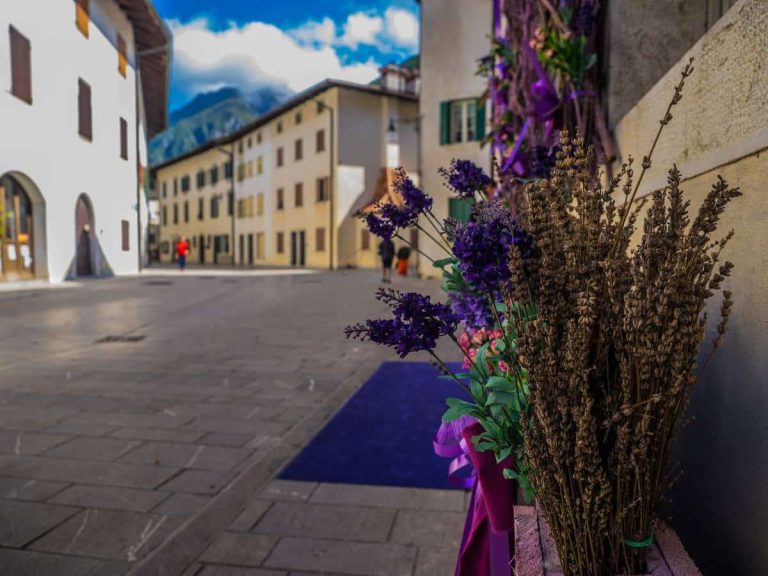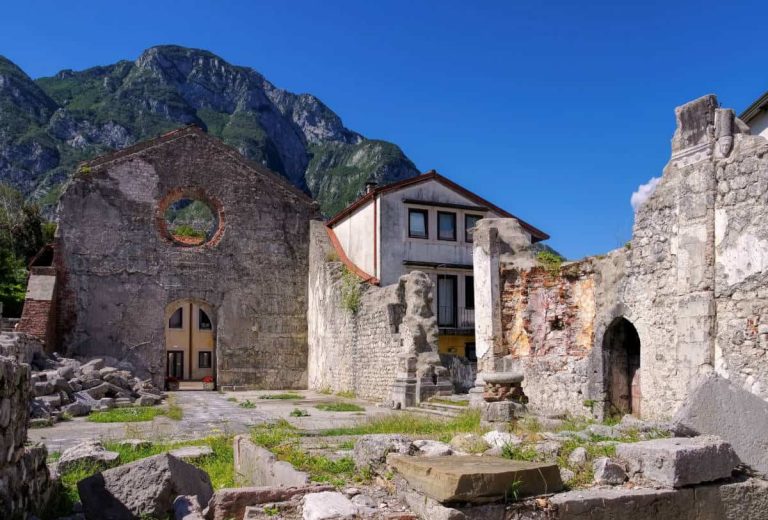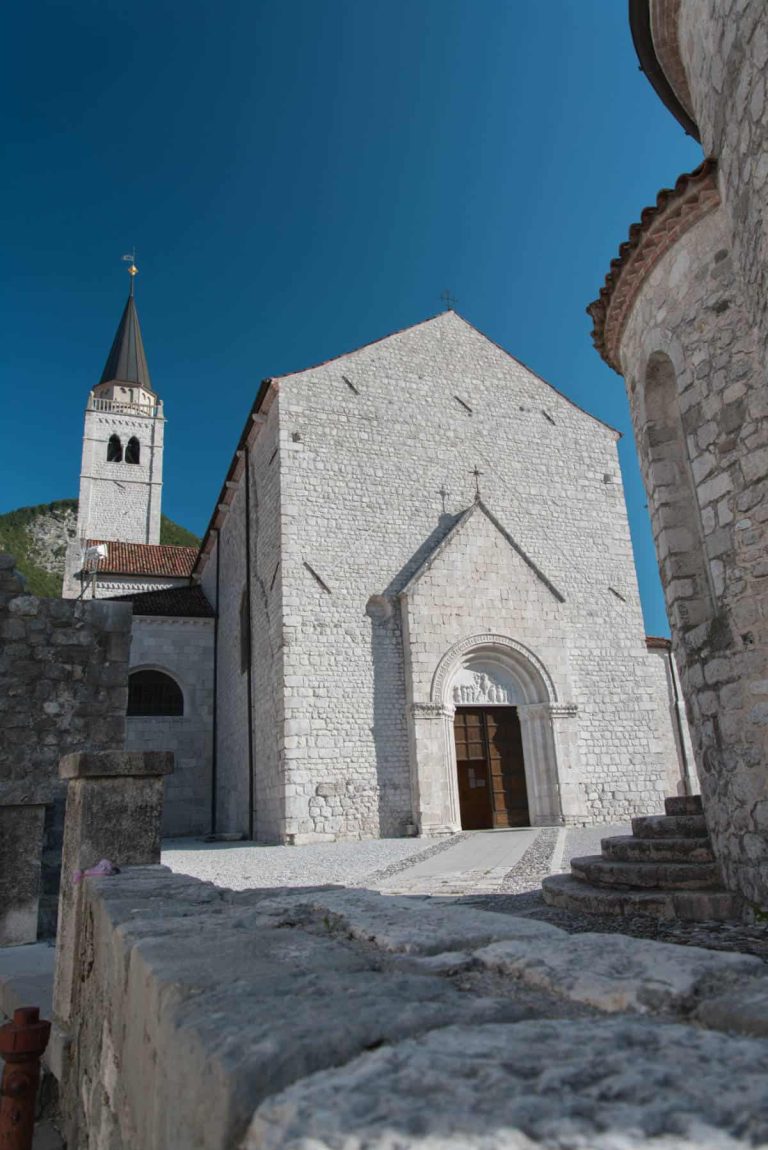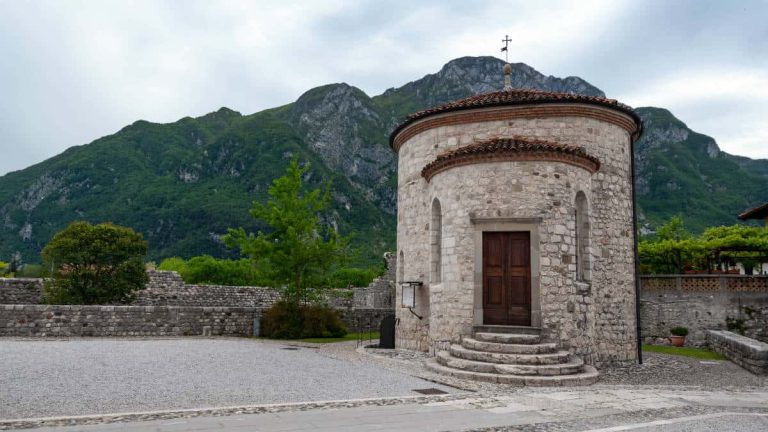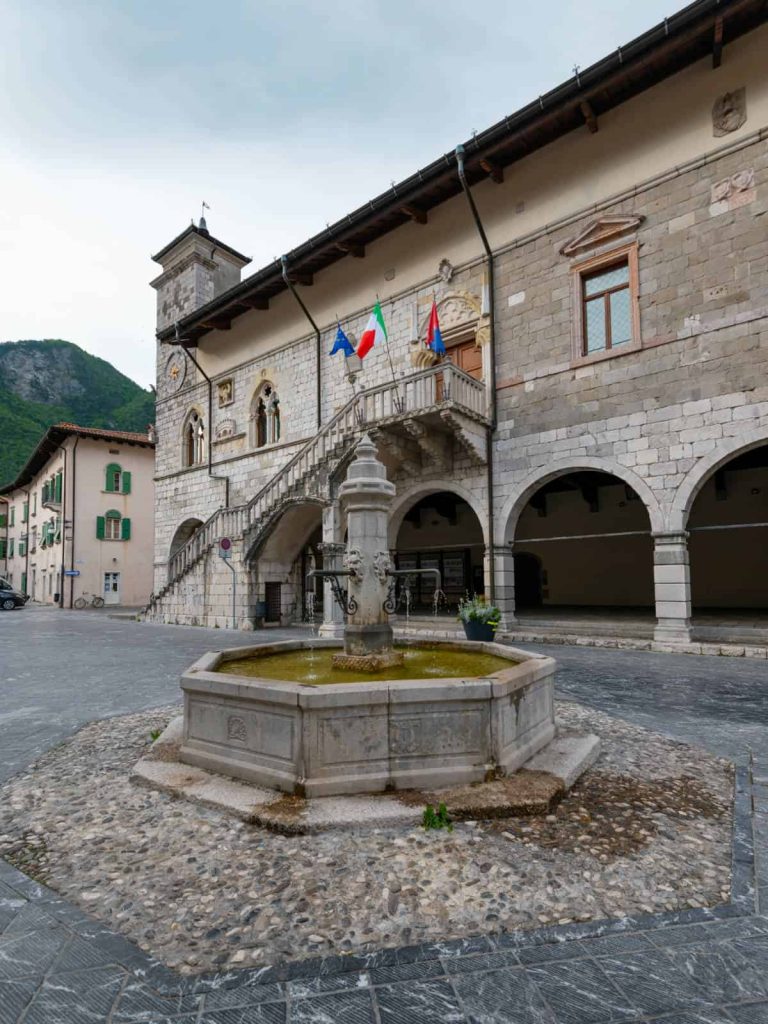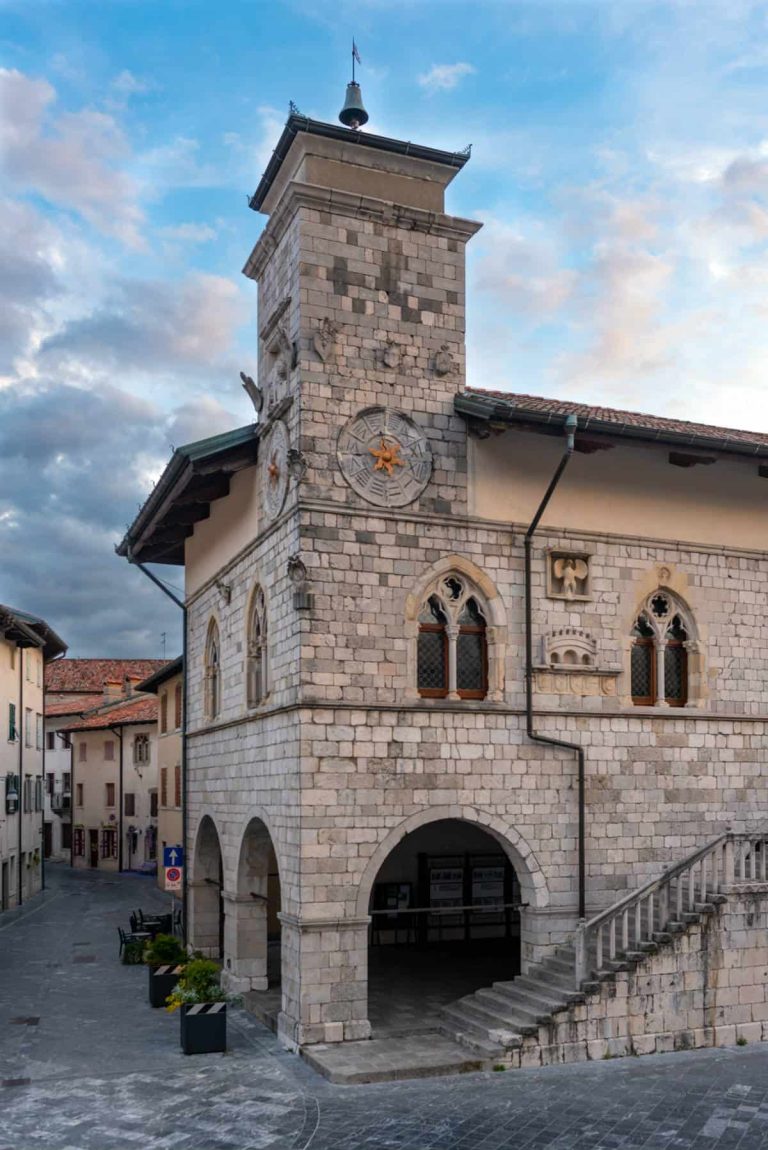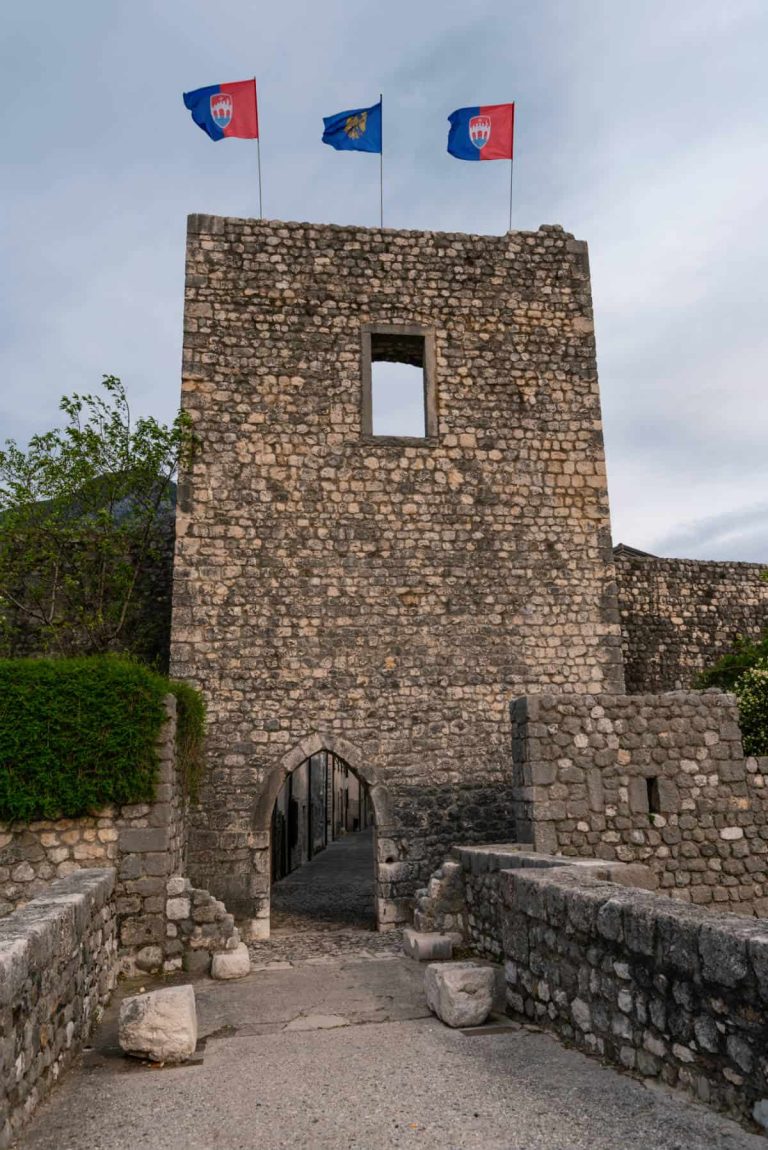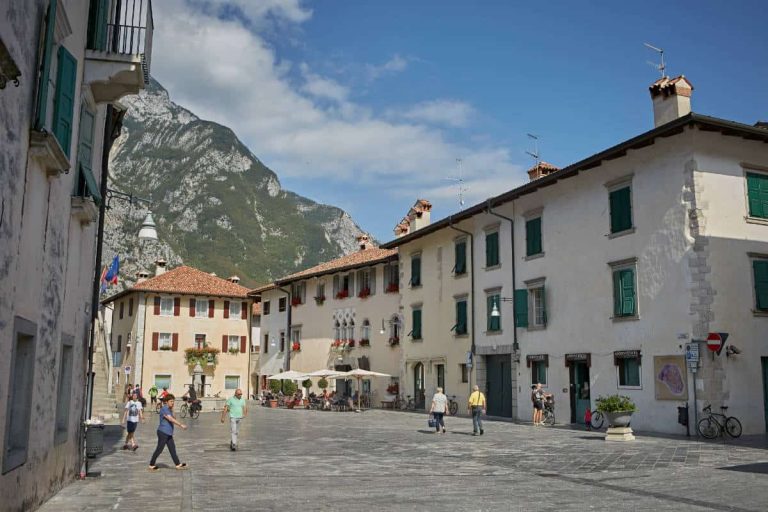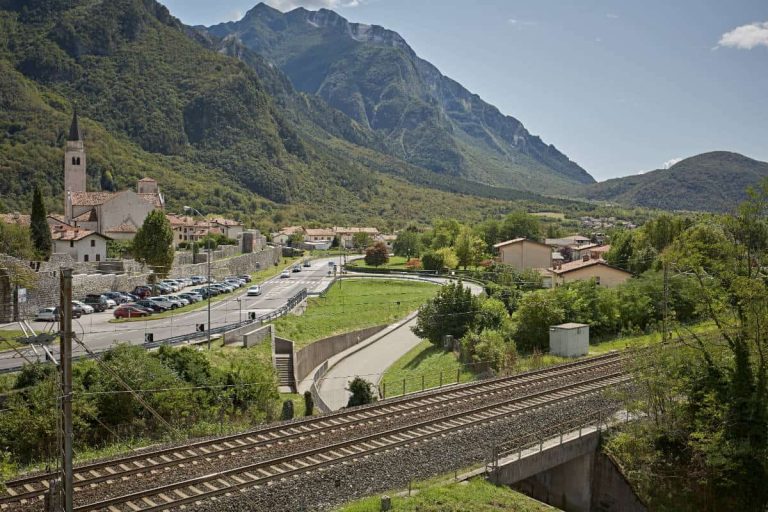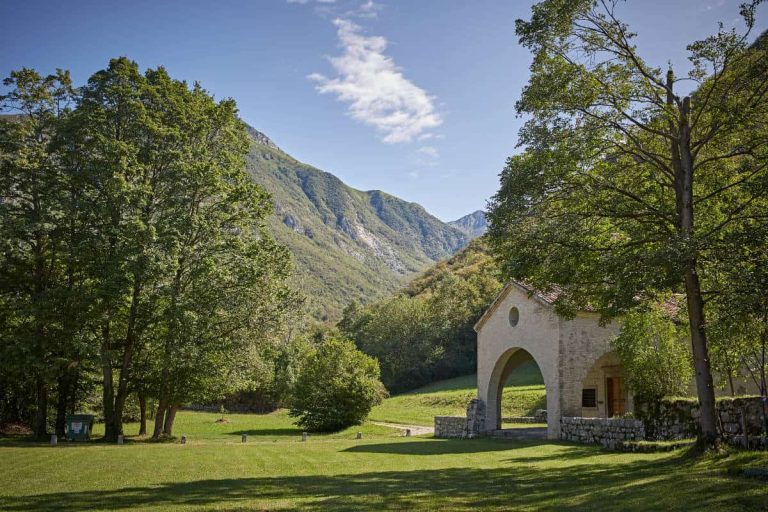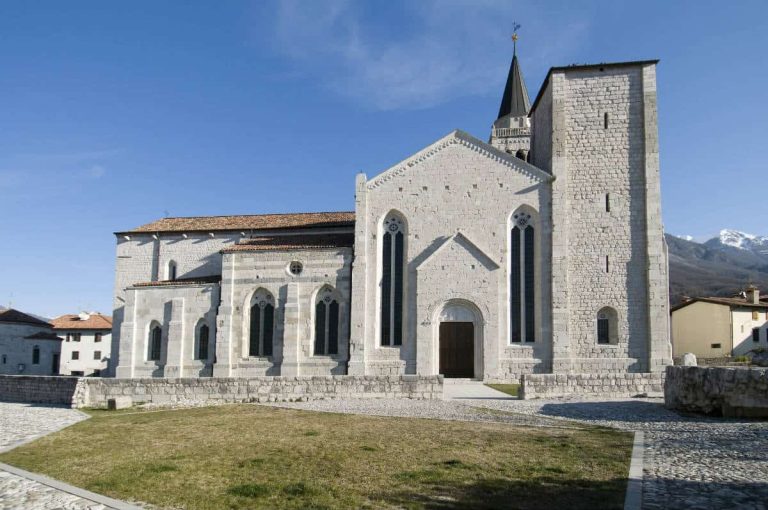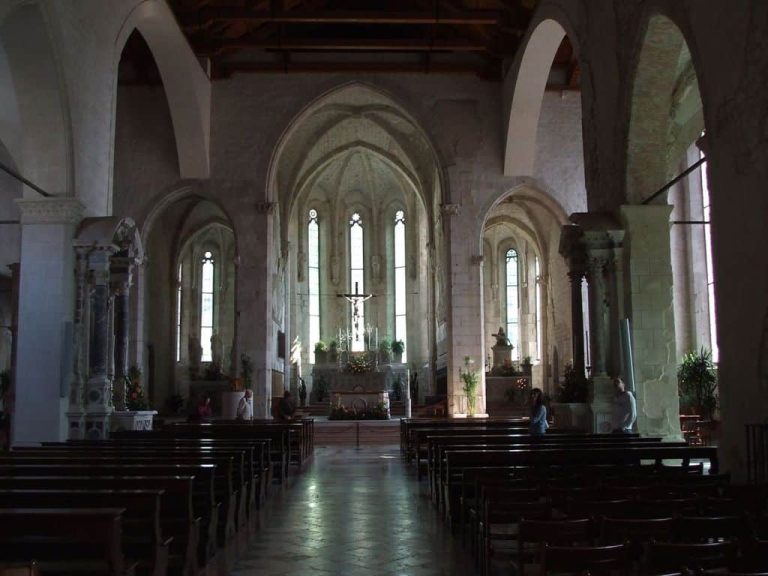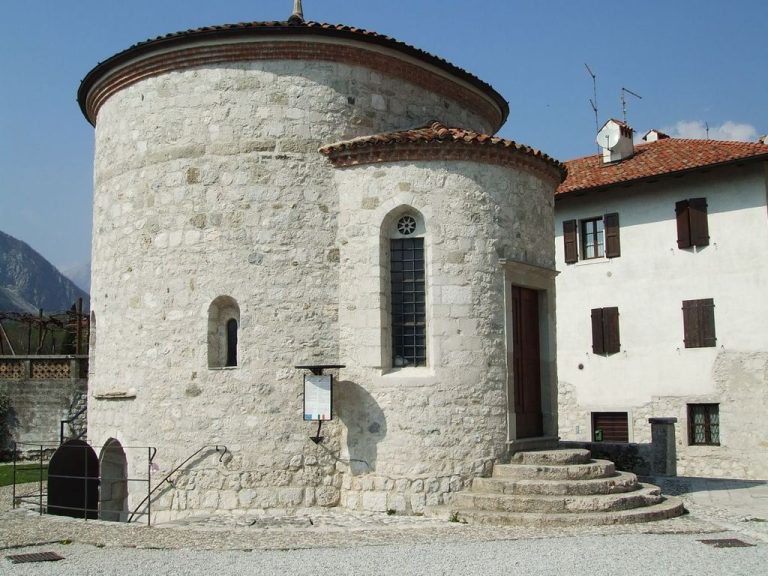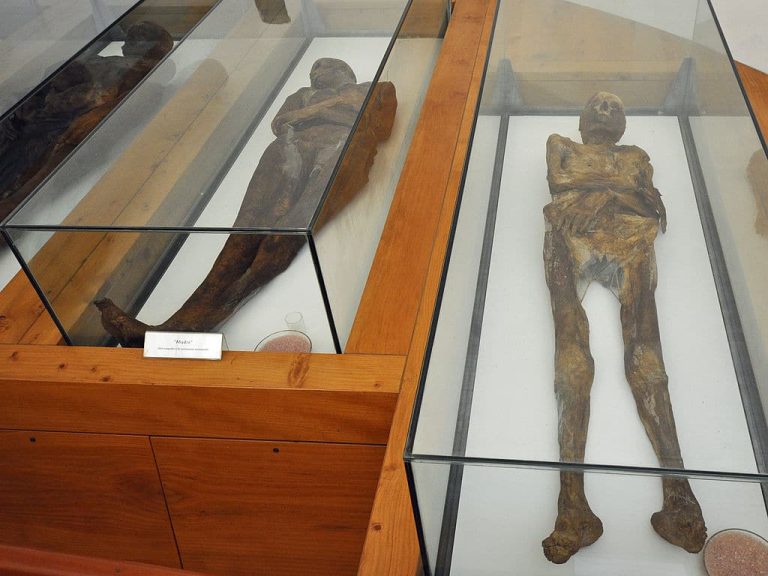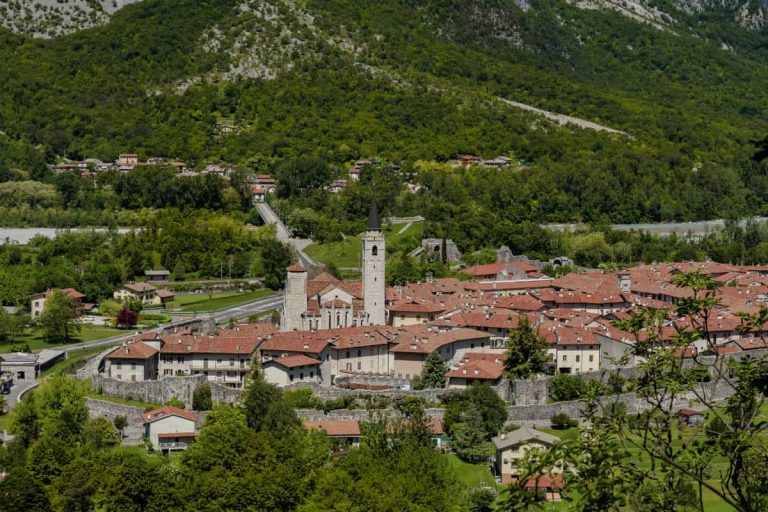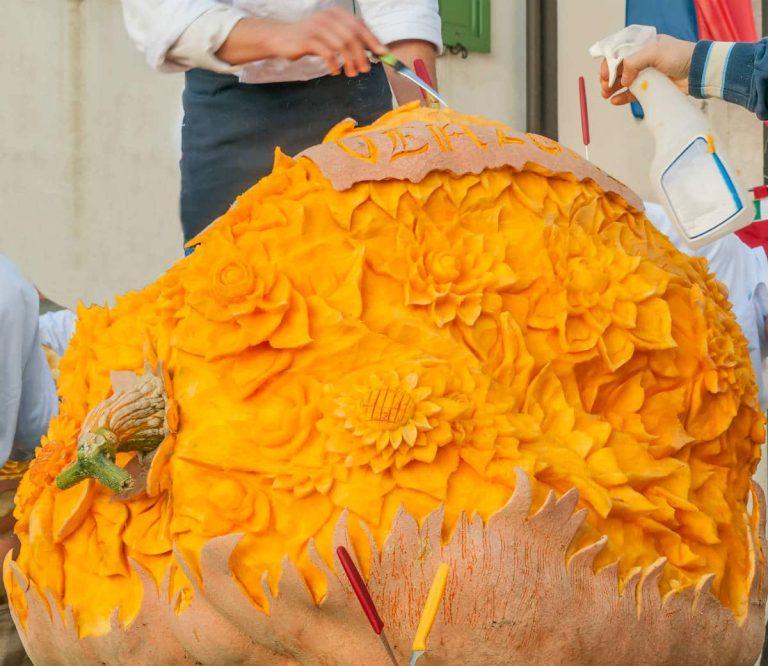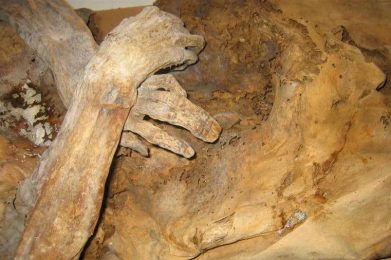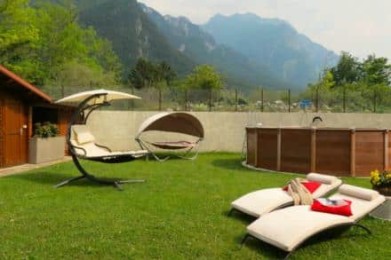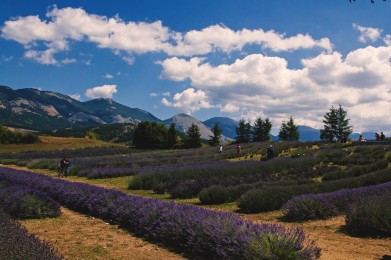The village of Venzone, completely rebuilt as it had in the Middle Ages after the earthquake of 1976, is a real gem fortified among the mountain landscapes of the valleys of the river Tagliamento and the Canal of the iron in Friuli-Venezia Giulia. The town which is partly inside the Natural Park of the Alps Gulie, rises 230 meters in height and is one of the most extraordinary examples of architectural restoration and artistic.
Venzone owes its fortune to the position of obligatory passage toward the north, passage already known by the Celts in 500 B.C. and then made statio by the Romans along the Via Julia Augusta to Austria. The name Venzone is certainly from the torrent Venzonassa and was officially cited for the first time in 1001 in a diploma where the Emperor Otto III granted to the Patriarch of Aquileia The erbatico of the Canal of the iron. The fortifications, hexagonal in plan with a double walled high 8 meters surrounded by a deep moat and a system of 15 towers were built from 1258 by Glizoio of Mels. In the course of the centuries Venzone passed into different hands, by the Austrians to the Republic of Venice, from the Turks to the French, then again the Austrians, until 1866, following the third war of independence, the town became italian. In 1965 the Ministry of Public Education proclaimed Venzone as national monument recognizing the historic-artistic importance also because of the advanced age of most of the buildings that had not suffered any damage during the two world wars. In 1976 Venzone was almost completely razed to the ground during the earthquake that struck the Friuli but thanks to national aid and international and tenacity of its inhabitants was rebuilt by returning to the ancient mediaeval splendor.
Important are the Cathedral of Venzone, dedicated to Saint Andrew the Apostle, erected in 1308; the mummies of Venzone, belonging to an age comprised between the XIV and the XIX century, currently conserved in a building near the Duomo, among which the noble man of Venzone Paul Marpillero; the gates of the walls; the House Marcurele, village's oldest building built in the XI century; the fourteenth-century Palazzo degli Scaligeri and the Palazzo Zinutti, a building of the '700 embellished by an elegant balcony with a parapet in wrought iron and the baroque main door; Casa Calderari (XIV century) by the cozy interior courtyard; the gothic Palazzo Comunale of 1400; Palazzo Radiussi, noble residence characterized by a three-mullioned window in Venetian Gothic style of the fifteenth century and a seventeenth century portal; Palazzo Orgnani Martina, noble palace of the XVIII century is now the seat of the main museums and temporary exhibitions venzonesi; drain Palace and the Church of S. John the Baptist, built in the XIV century, whose ruins testify today the violence of the earthquake of 1976, which spared only the main facade.
Venzone is also a paradise for nature, trekking and mountain bike lovers, thanks to a unique territory and with the vastness of vegetal and animal species that inhabit the Parco Naturale delle Prealpi Giulie. In autumn it is not to be missed is the Pumpkin Feast (fourth weekend of October), a historical commemoration that makes the village back in time to the middle ages. Moreover Venzone was declared "Ideal Village where it is beautiful to live" by the European Community and by AIRONE magazine.

